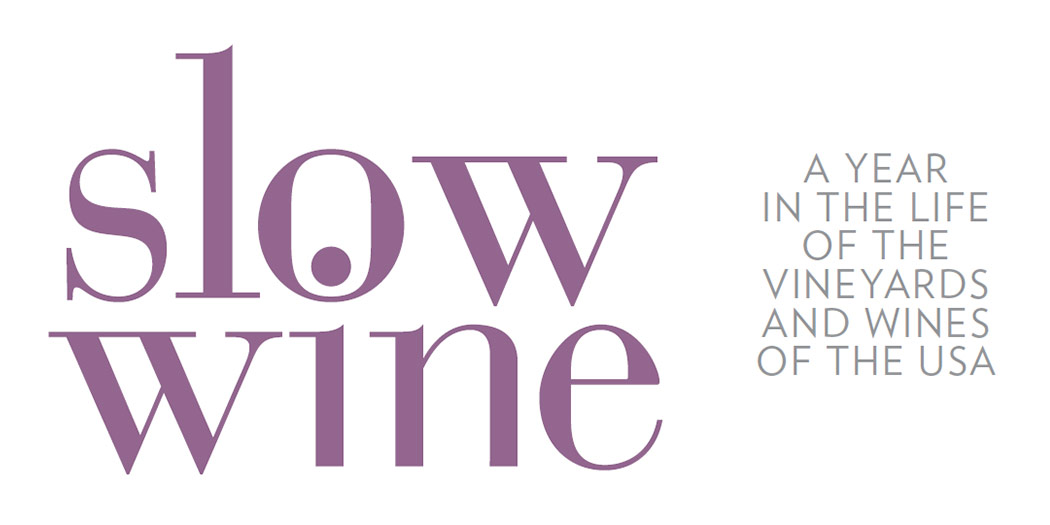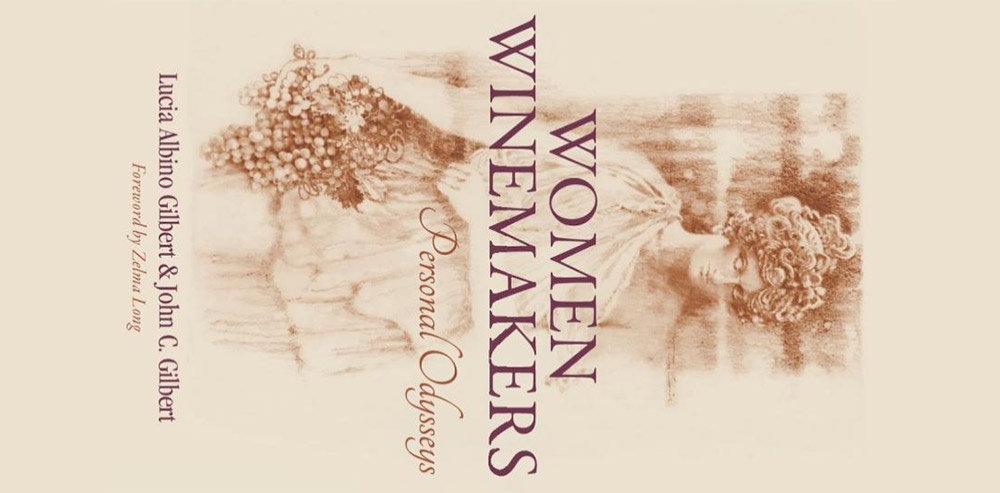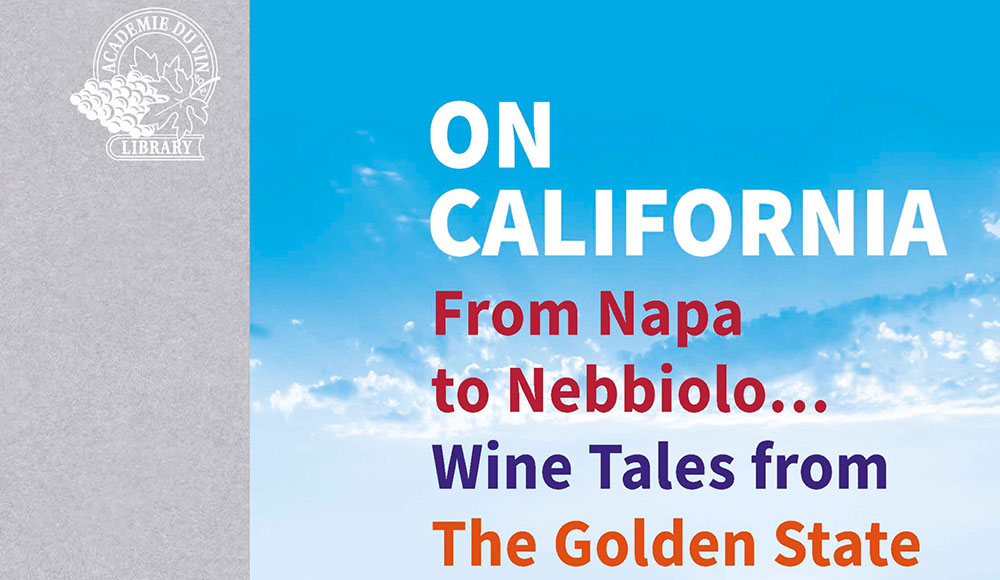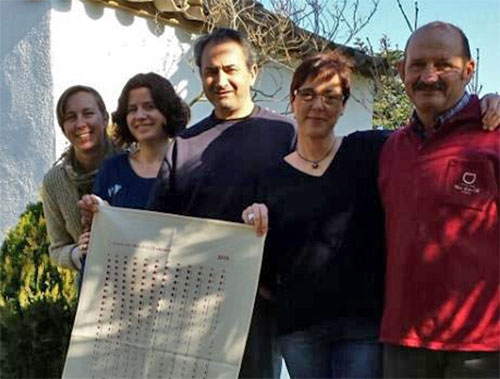And so arrives the newest release of the Slow Wine Guide USA 2024.
For those unfamiliar with the whole “Slow” brand, to rewind a bit, Slow Food was founded in 1986 by Carlo Petrini to promote sustainable food as an alternative to “fast” food. It seems like the work is never-ending on that front, but interestingly, the wine component of the movement started earlier than the food portion with a “Friends of Barolo” association being formed in 1982 that would essentially morph into the various facets seen today.
You can view the entire Slow History if you’d like as it meanders a bit with a version of the first slow wine guide coming out for Italy 1988. Then various others have appeared for other countries with Slow Wine Slovenia arriving in 2017 before Slow Wine USA in 2018 which was split into its own standalone guide in 2021. So with this release it brings us to what is the seventh edition of the guide which has evolved into a fine reference.
First and foremost, it’s important to state that there aren’t any scores given to the wines. That’s probably for the better as there are multiple outlets covering these regions (California, Oregon, Washington, and New York are the four states included) and if you really need scores, you can cross reference with them.
The idea here (and it’s one I can readily get behind), is to showcase 400 wineries who are producing “good, clean and fair” wines. Are all of them certified organic? Interestingly, no, but there is a required base to the farming and production practices (no chemically-synthesized herbicides for example) that needs to be met in order to be included and in scanning through the lengthy list, there isn’t any winery that jabs out to say, “what the hell are they doing in here?”
Another interesting point is that added SO2 levels need to be set in accordance with the maximums as per the European Union, although they’re not auditing this forensically and are more concerned with their ‘manifesto’ of wines being made cleanly. While this may sounds strange in a USA guide, what happened in the United States in determining allowable SO2 additions was just idiocy, especially when it comes to organically-certified wines. On the flip side, wines need to be “free of any winemaking defects” meaning that a lot of what’s allowed (or even lauded) in “natural” wines, isn’t going to fly here. Thus, everything set forth for the guide makes a good deal of sense and is readily seen to be for a market demographic that’s often ignored: actual wine drinkers.
What then follows is the massive meat of the guide which is profiles of wineries, the people, vineyards, and of course the wines. There’s really too much to get into as one can imagine that 400 profiles takes up a rather large chunk of space. But this is a great set of data with clear writing and will be really useful for wine drinkers in the US or even professionals looking for a ready reference of wineries that they’d like to stock that hold an ethos of sanity in what is an insane world.
As the guide sits, it’s a great reference and anyone with inclinations to drinking sustainable wines should pick up a copy. Going forward in the future, it would be nice to see a bit more background in the beginning as to what a lot of things mean. This is clearly an excellent book for consumers so, understanding biodynamic vs. organic or what the “faults” are in wines might be useful. This can easily drift into a polemic territory of course so care would have to be taken, but at the same time, I think it would be very helpful for the readers.
Likewise, while there is a map at the start of the state sections, a touch more of a breakdown on the various regions and what producers are doing in each of them to be sustainable would be a welcome addition. Basically, to beef up the reference aspects a bit more beyond the guide aspect.
Lastly, I say this often and it may very well be out of the budget as this isn’t a full-color printing, but I love to see photos in anything wine related. They just help bring the subject to life and light up the pages of text.
Again, a great guide that’s much needed for people wishing to drink more sustainable, as much for the planet as for themselves.
★★★★☆
Review copy provided by the publisher
Please also see the Complete List of Wine Book Reviews



